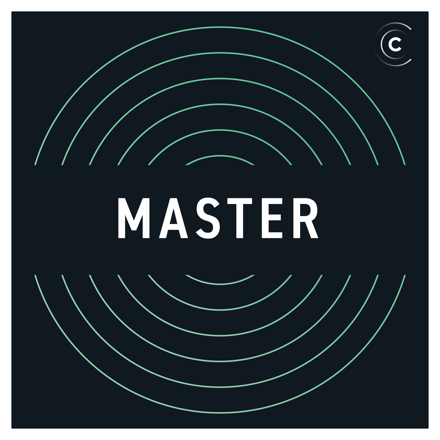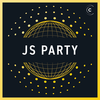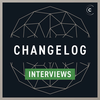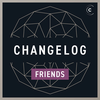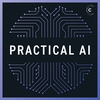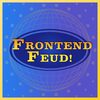I'd like to add you to my professional network
The panel dives into a topic that makes most software developers cringe: Professional networking. Starting with a definition - what does it even mean? - they go into hacks they’ve found for getting more comfortable with networking, building your network in person or online, and then using your network to find new job opportunities or consulting work.
